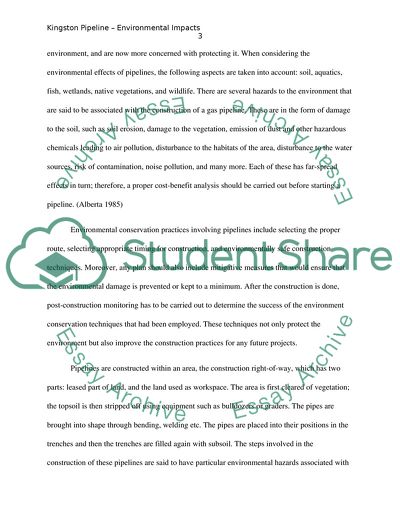Cite this document
(Kingston Pipeline Environmental Impact Term Paper, n.d.)
Kingston Pipeline Environmental Impact Term Paper. Retrieved from https://studentshare.org/environmental-studies/1781146-kingston-pipeline-addressing-the-environmental-impact
Kingston Pipeline Environmental Impact Term Paper. Retrieved from https://studentshare.org/environmental-studies/1781146-kingston-pipeline-addressing-the-environmental-impact
(Kingston Pipeline Environmental Impact Term Paper)
Kingston Pipeline Environmental Impact Term Paper. https://studentshare.org/environmental-studies/1781146-kingston-pipeline-addressing-the-environmental-impact.
Kingston Pipeline Environmental Impact Term Paper. https://studentshare.org/environmental-studies/1781146-kingston-pipeline-addressing-the-environmental-impact.
“Kingston Pipeline Environmental Impact Term Paper”, n.d. https://studentshare.org/environmental-studies/1781146-kingston-pipeline-addressing-the-environmental-impact.


